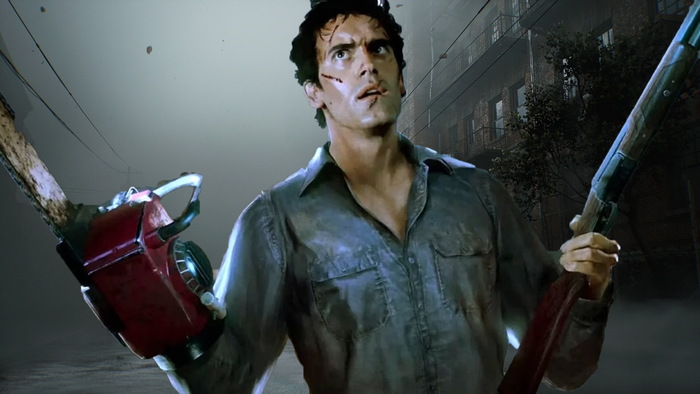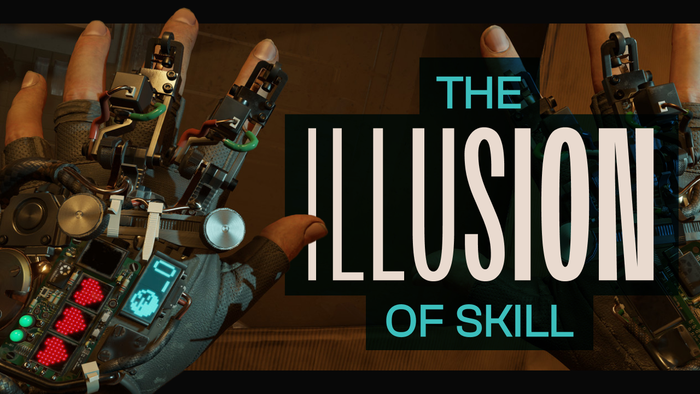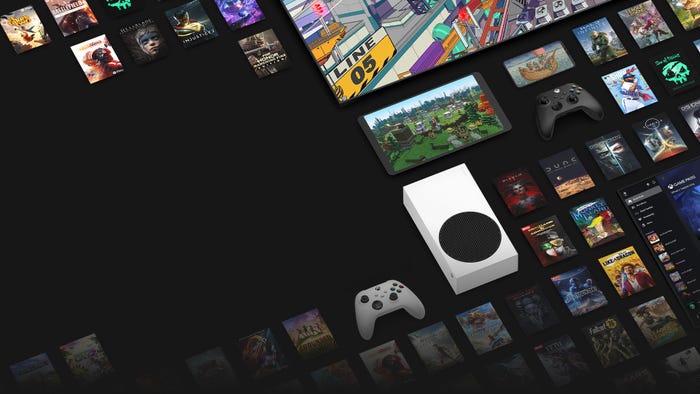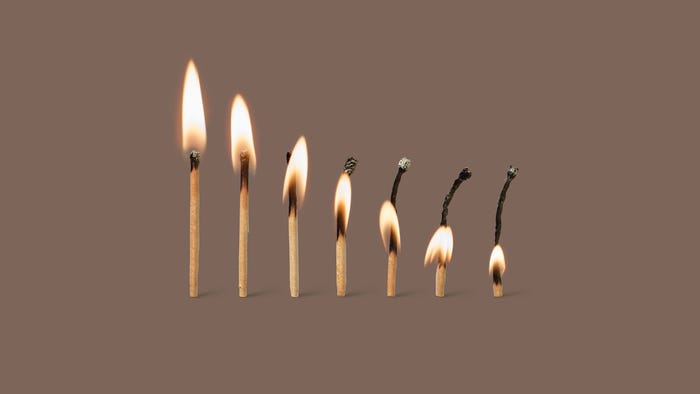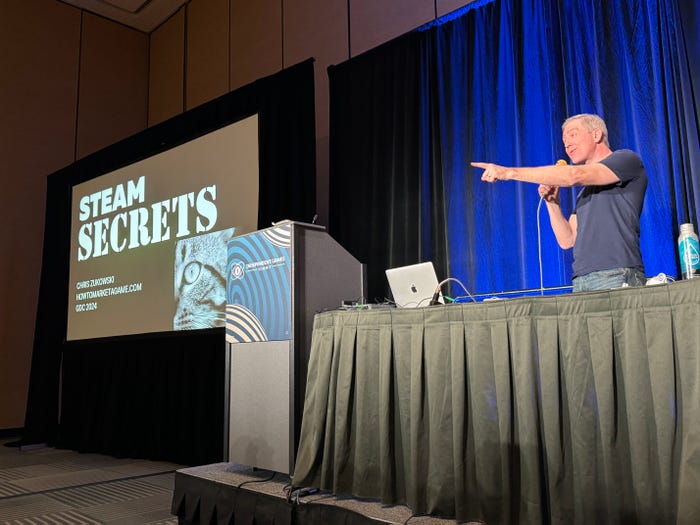Q&A: Hearthstone heralds new challenges for Blizzard on mobile
Gamasutra sat down to chat briefly with Blizzard's Jason Chayes and Bryan Chang about the trials and triumphs they faced while developing and launching Hearthstone for iPad.
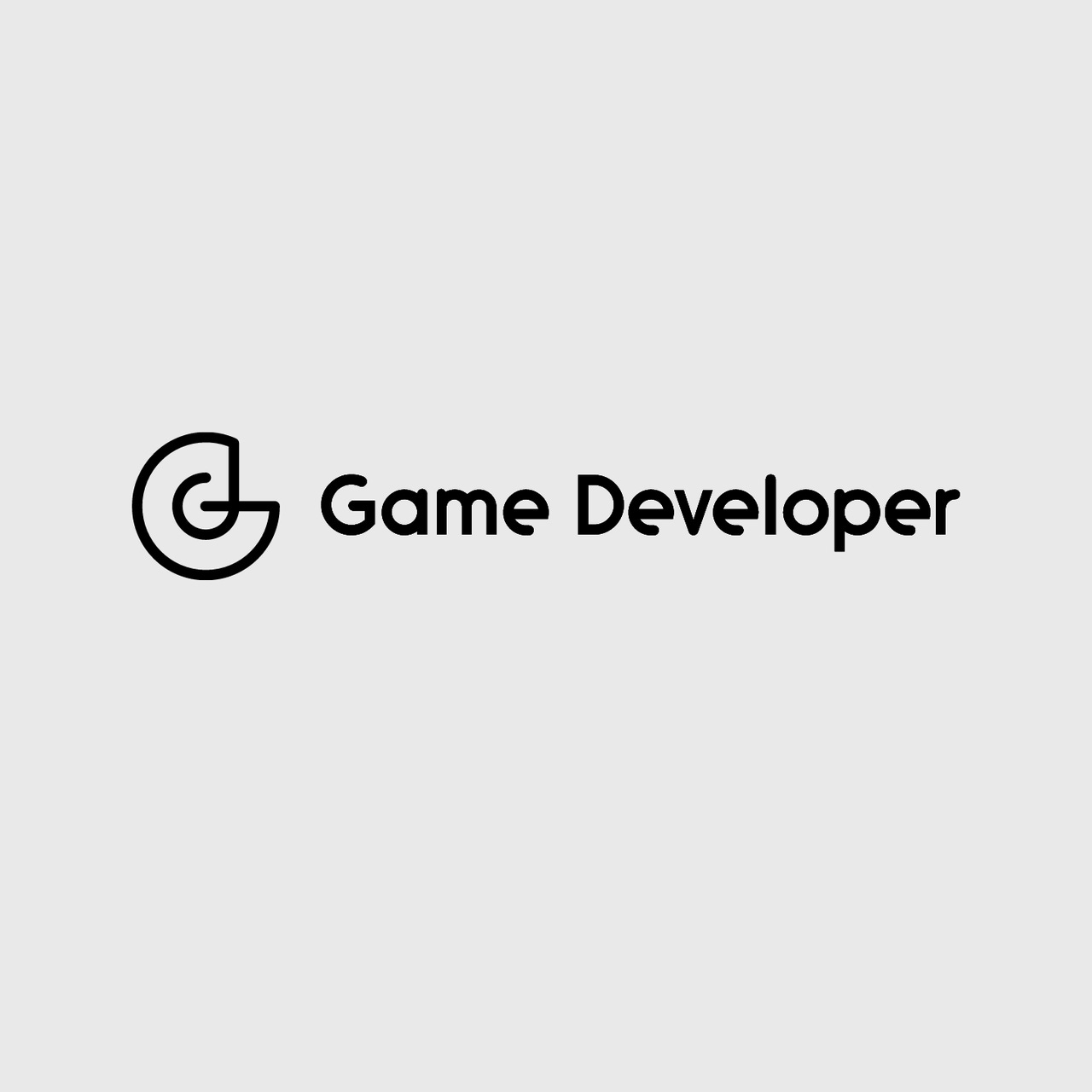
Blizzard is big. It's a big ol' company with a history of making big PC games with big teams, big budgets, and big long development schedules. But the company's latest product, Hearthstone, is different. It's a modest, free-to-play cross-platform PC and mobile game created by a small (at least by Blizzard standards) internal team. The game represents a gambit on Blizzard's part to change and embrace the strengths of small-scale development -- of indie development -- without sacrificing the resources of a big triple-A developer. To learn more, Gamasutra sat down to chat briefly with Blizzard's Jason Chayes and Bryan Chang about their experiences bringing Hearthstone -- which has more than ten million registered players less than a month after its official PC debut -- to mobile platforms. Chayes, who has been working at Blizzard for just over five years after stints at Disney and Electronic Arts, has a background as an artist and served as production director on Hearthstone. Chang, who was hired around the same time as Chayes and previously worked at Namco on mobile phone games, served as producer on the iPad version of Hearthstone -- a seemingly natural evolution from his role working on mobile apps with Blizzard's Battle.net team. Here's an edited version of our discussion, which centered around the genesis, development and recent launch of the iPad version of Hearthstone in select regions. What came first -- the idea to do a digital card game, or the idea to do a tablet game? Jason: The idea to make a digital card game came first. For a long time, we’ve been a shop that plays collectible card games at lunch breaks, or after work with friends -- for several decades. So what happened is we started up a new development team because we kind of recognized that we needed to have this ability to be more experimental...experiment with different types of games than what we were doing with our big, core franchises. So we had this new team [Dev Team 5], we had this passion for collectible card games, and it felt like a natural fit. That’s how the project began; it wasn’t until later on that we looked at bringing the project to mobile. So Dev Team 5 is designed specifically to be a smaller, presumably faster team? J: Yes, that's the goal. Is that a development strategy that Blizzard is going to embrace, going forward? J: We do feel like it was a successful experiment. We delivered a game that we all feel really good about, that has a long life ahead of it, that we can support for years to come. The idea of going back to our roots, of doing a smaller, sort of garage-style development, is something that -- at least on the team -- we are very excited about, and have been since we first joined up. We’d like to see more games like this coming from Blizzard in the future. What sort of challenges did you face in adapting Blizzard systems -- systems seemingly designed for PC games -- for a mobile game? Bryan: I mean, we do support Battle.net in Hearthstone and Battle.net was developed, originally, in a way that was very PC-centric. There was a lot of work that
"We’d like to see more games like this coming from Blizzard in the future."
went into making it work on mobile [for non-game apps like the World of Warcraft Armory, for example] and that work had to go into Hearthstone as well. J: There’s definitely unique challenges, now that you aren’t plugged into your network at home. We had to design stuff like a reconnect feature, where if you do get disconnected you can still jump back into a game in progress. There are also still challenges we’re facing, in terms of bringing it to different devices you could carry around with you, that we’re still working through...we’re bringing it to Android too, and that brings some unique challenges in the form of adapting it to the various [devices]. Those are new problems for us at Blizzard. Tell me more about those problems, and how you've tackled them. What different tools and techniques did you need to use or develop for mobile development? J: We’re using Unity for Hearthstone, because we wanted to focus on doing development with a small team and so it was good to use an established toolset, rather than inventing a brand-new engine. So that actually worked out really well for us, and gave us a lot of flexibility in terms of what platforms we could go to in the future. That in itself was different from what we’ve done, historically, and so making sure that we all felt good about the decision was something we had to have a lot of discussion about internally. B: Yeah we had a very small team, by Blizzard standards. The core team was roughly 15 or so, and then in the last year or so we picked up about another ten people. One great thing about using Unity is that we can fix features or bugs in the Unity engine and that carries over to the builds on all platforms. There’s a lot less duplicate work that we have to do for developing across multiple platforms, unlike our past PC development. J: We have an established process at Blizzard, where we kind of go from an internal alpha, to a closed beta, to an open beta, to a public release, and going through those phases -- that cadence -- has served us very well for a very long time. But as it turns out, it’s a lot more difficult to do stuff like that on an iPad, just because the release process -- the actual distribution process -- hasn’t caught up to that form of development yet. So we've kind of had to figure out new ways to get through that testing process, and that’s kind of why we have the soft rollout we have now -- going through Australia, New Zealand and Canada before bringing it to a full release. That’s something very new that we’ve had to work through. Why choose Unity as your development platform? J: It was a very thought-through decision -- we did a pretty exhaustive evaluation of the options we had at the time. We started with “What’s the game we want to make?” and “What’s the process and the tech that gets us there quickly, and gives us the capacity to iterate?” Iteration is core to the way we work, and we wanted technology that would allow us to do that. That’s how we decided to go with Unity. That said, we started with a lot of Flash development and prototyping first. When we knew what kind of game we wanted to make we moved on to Unity. So what's the future look like for Dev Team 5? J: Team 5 is committed to Hearthstone -- we have a lot of room there to keep growing it, we have lots of ideas for new social features, new esports features, new content, new platforms….there’s a ton of things there, and we have more than enough to keep the team busy for months to come. This is the first time Blizzard has fielded a comparatively small development team -- do you think Blizzard might field more small teams, alongside its larger teams, to work on more experimental projects? J: I think there’s a lot of support for that in the company. This was our first experiment with going back to our roots and working on a smaller, more garage-style project, and everyone feels like it was very successful. I definitely think we’ll be doing more of this in the future. I think a lot of indie developers bristle when we talk about Blizzard experimenting with "small-team" development. I know Dev Team 5 is small by Blizzard standards, but it’s still much larger and more well-equipped than many small, “garage-style” indie developers. J: That’s a fair assessment. We’re small relative to the other teams at Blizzard, and we’ve had to make some interesting choices because of that. We don’t have as many artists as we have on World of Warcraft or Diablo, for example, so we have to figure out what’s the best, most awesome game we can make in the spirit of small-team development -- because there’s a lot of benefits to that approach. One of our big goals is to -- and this is actually etched in bronze when you walk into the Blizzard lobby -- “Make epic entertainment experiences.” A lot of people might think of a Blizzard game as having epic scope, lots of regions to explore...for us, epic has had a bit of a different meaning. We had to focus a lot less on the breadth of things to explore, and a lot more on how to make the best, most highly-polished experience we can….that still has a lot of character. So dialing that up has kind of been the vision behind the team, and that’s the way we’re different from what Blizzard has done historically.
About the Author(s)
You May Also Like


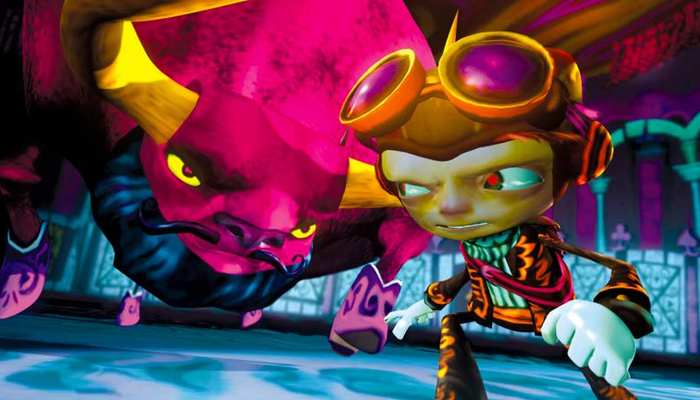
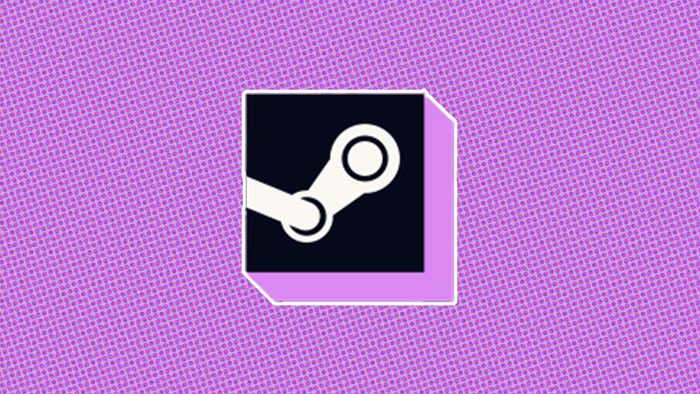

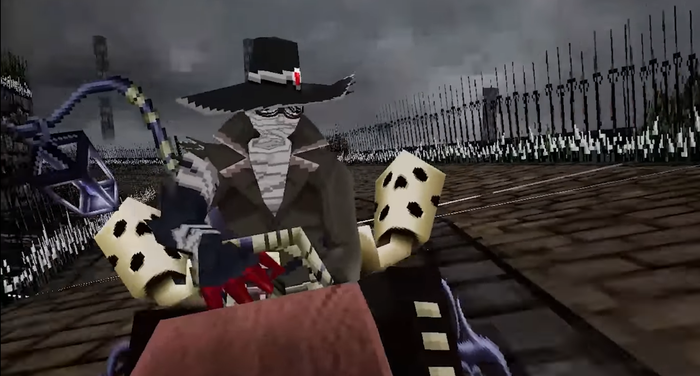
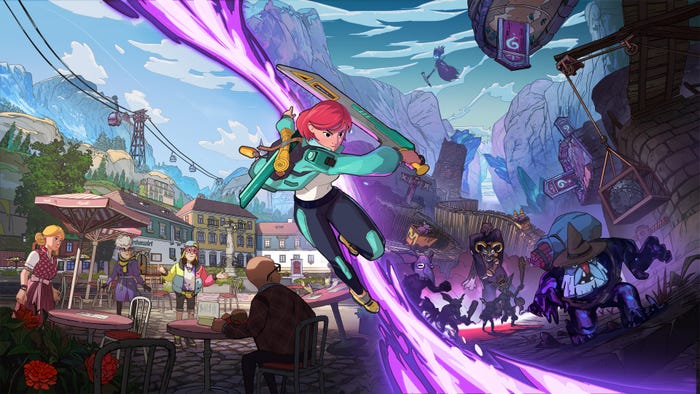
.jpeg?width=700&auto=webp&quality=80&disable=upscale)


